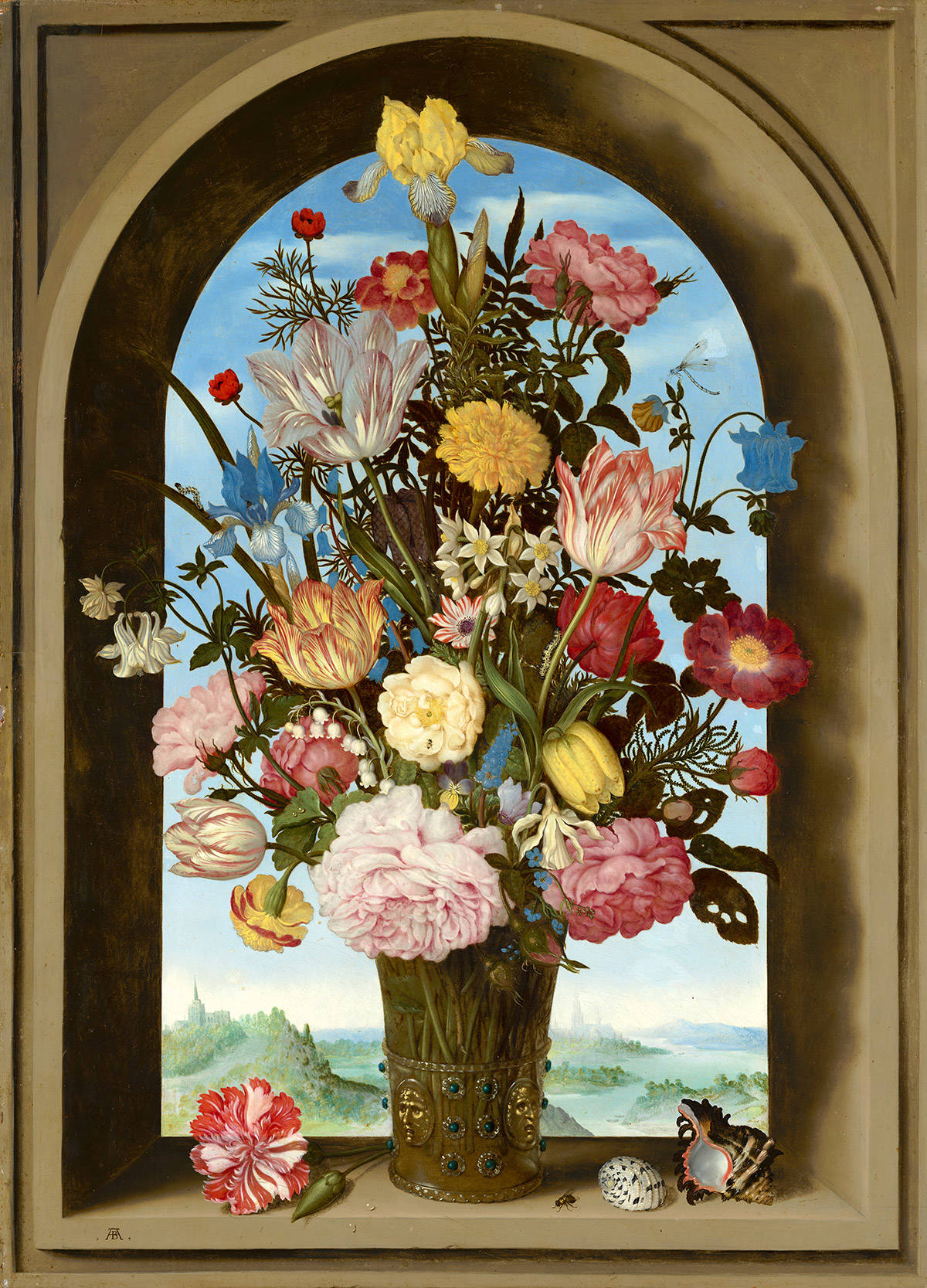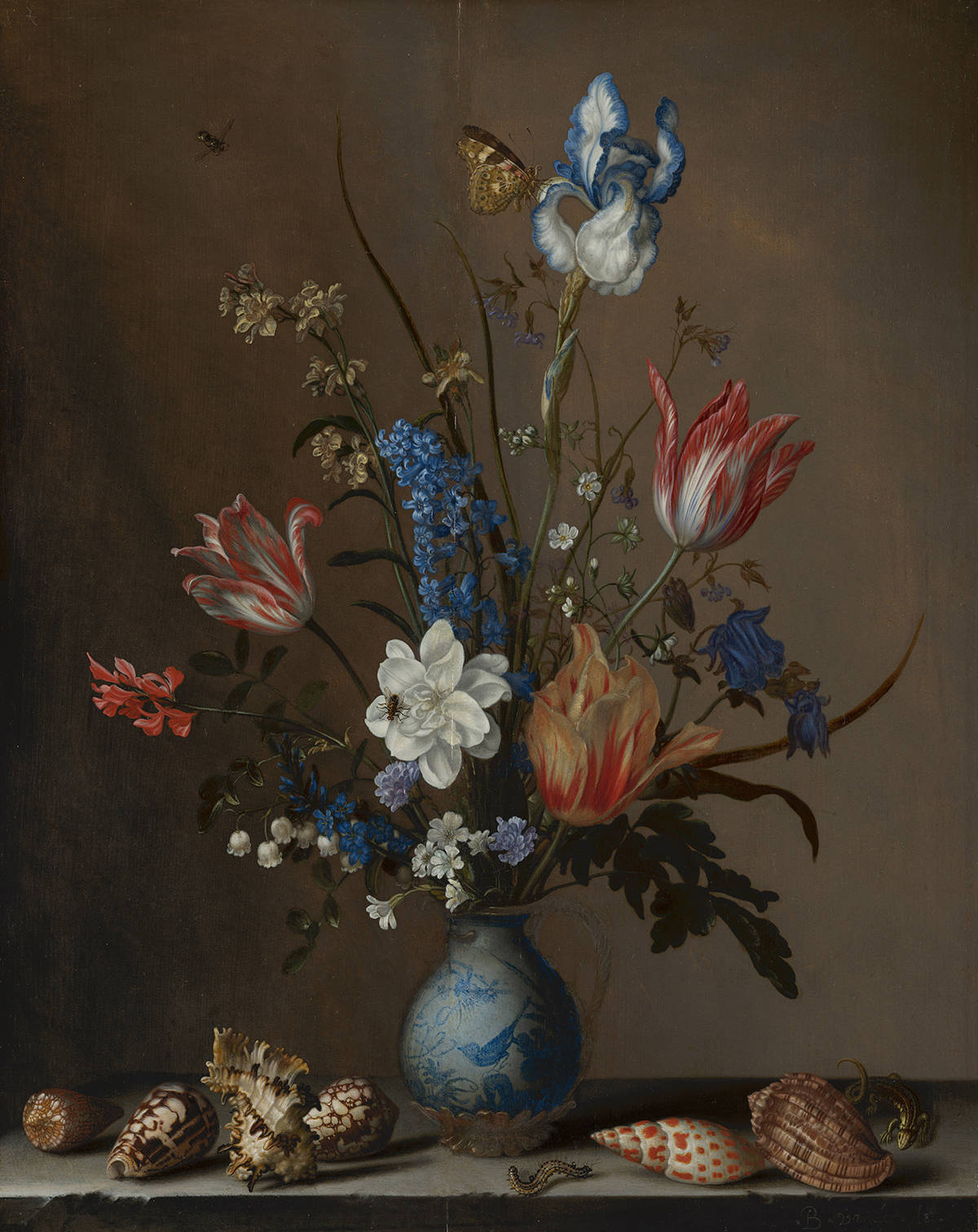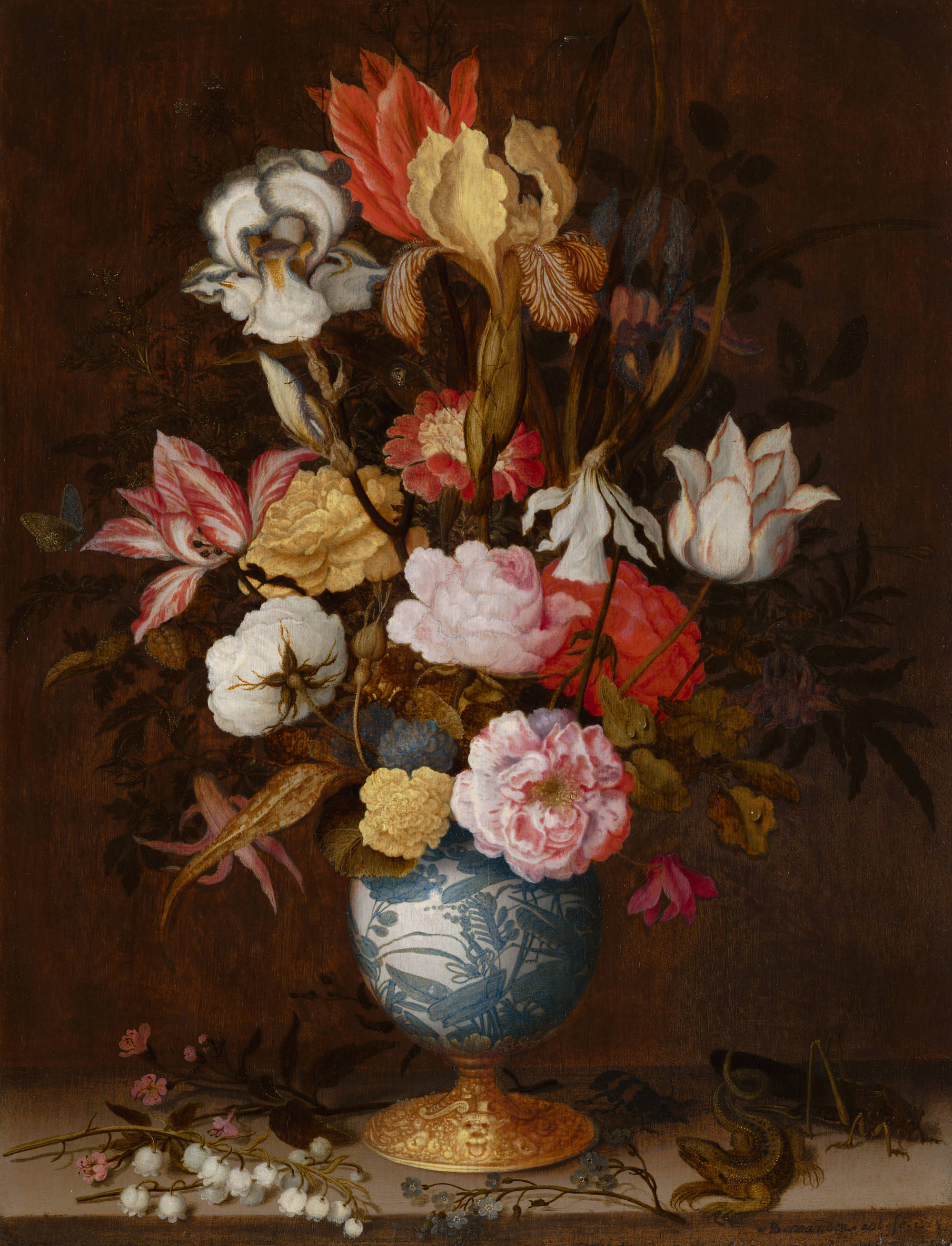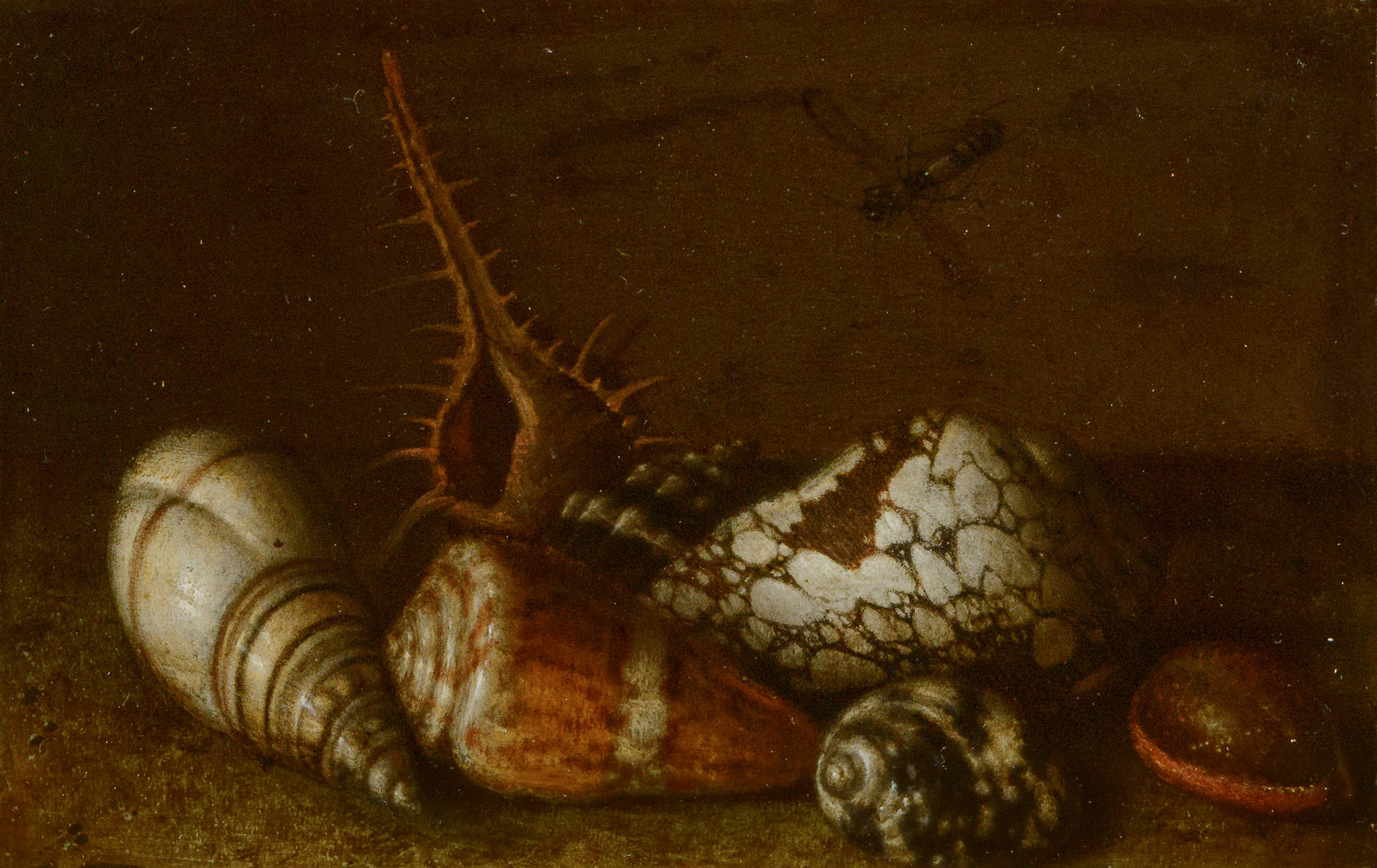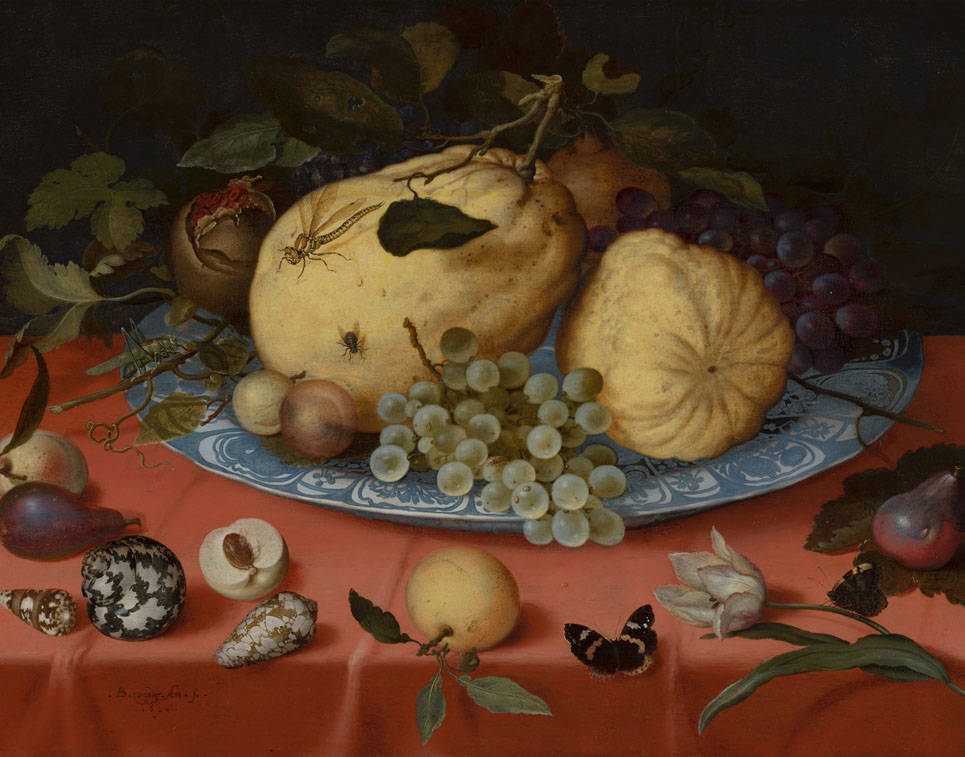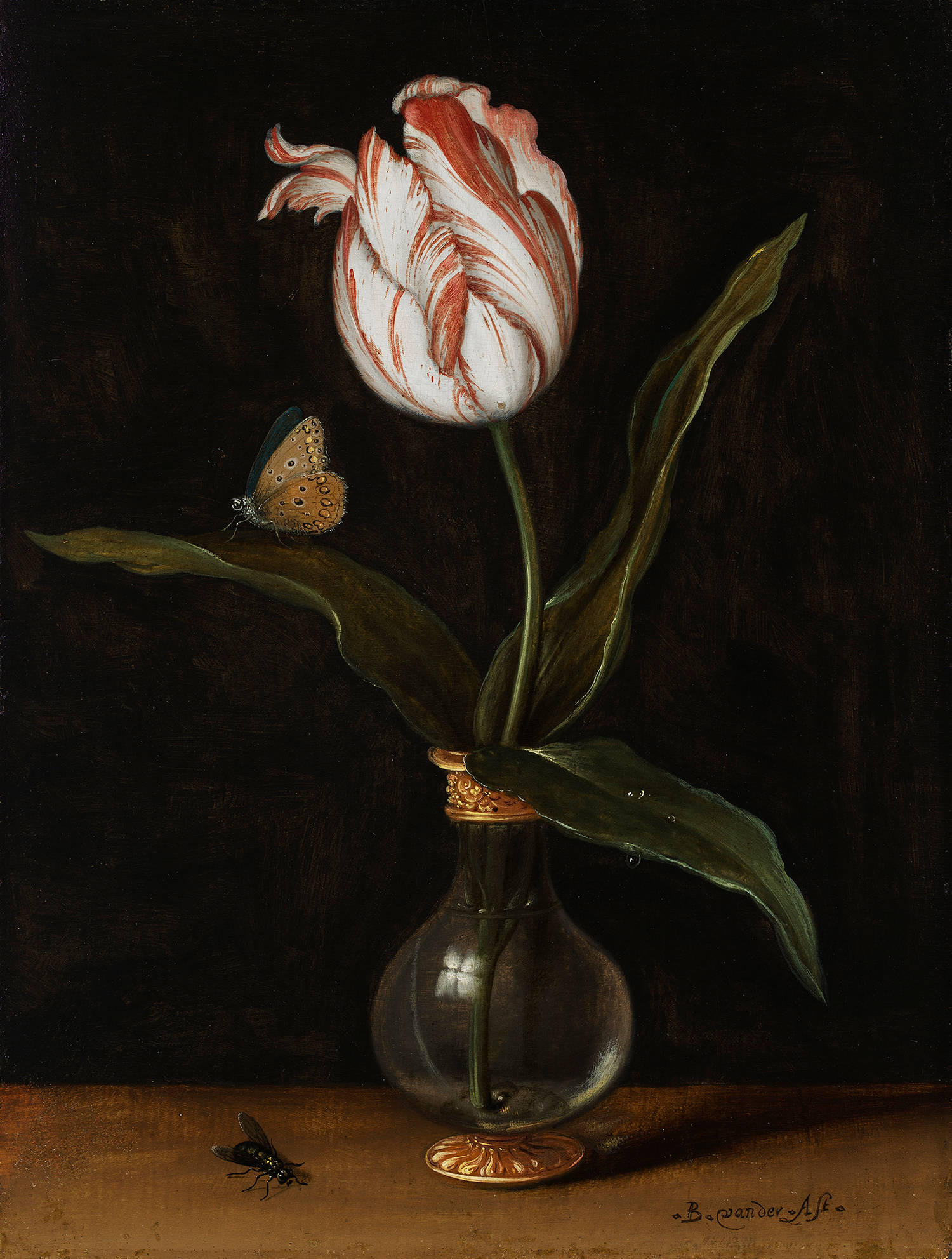
The Mauritshuis has an abundance of colorful paintings with flowers and richly decorated bouquets and we have just added a new flower still life by Balthasar van der Ast. The painting Small vase with a single tulip from around 1625 is a rare panel (26.5 x 20 cm) that depicts only one flowering tulip.
Shortly after 1600, flower still lifes emerged as a new genre in Dutch painting - paintings featuring a bouquet of blooming flowers. Rare and exotic species were favorites, such as the tulip.
All equally breathtaking, a celebration of color and filled with many little creepy-crawlies. Rare and exotic species were favorites, such as the tulip. We're incredibly proud and happy to share this unique work with you. Will you come and see it soon?
